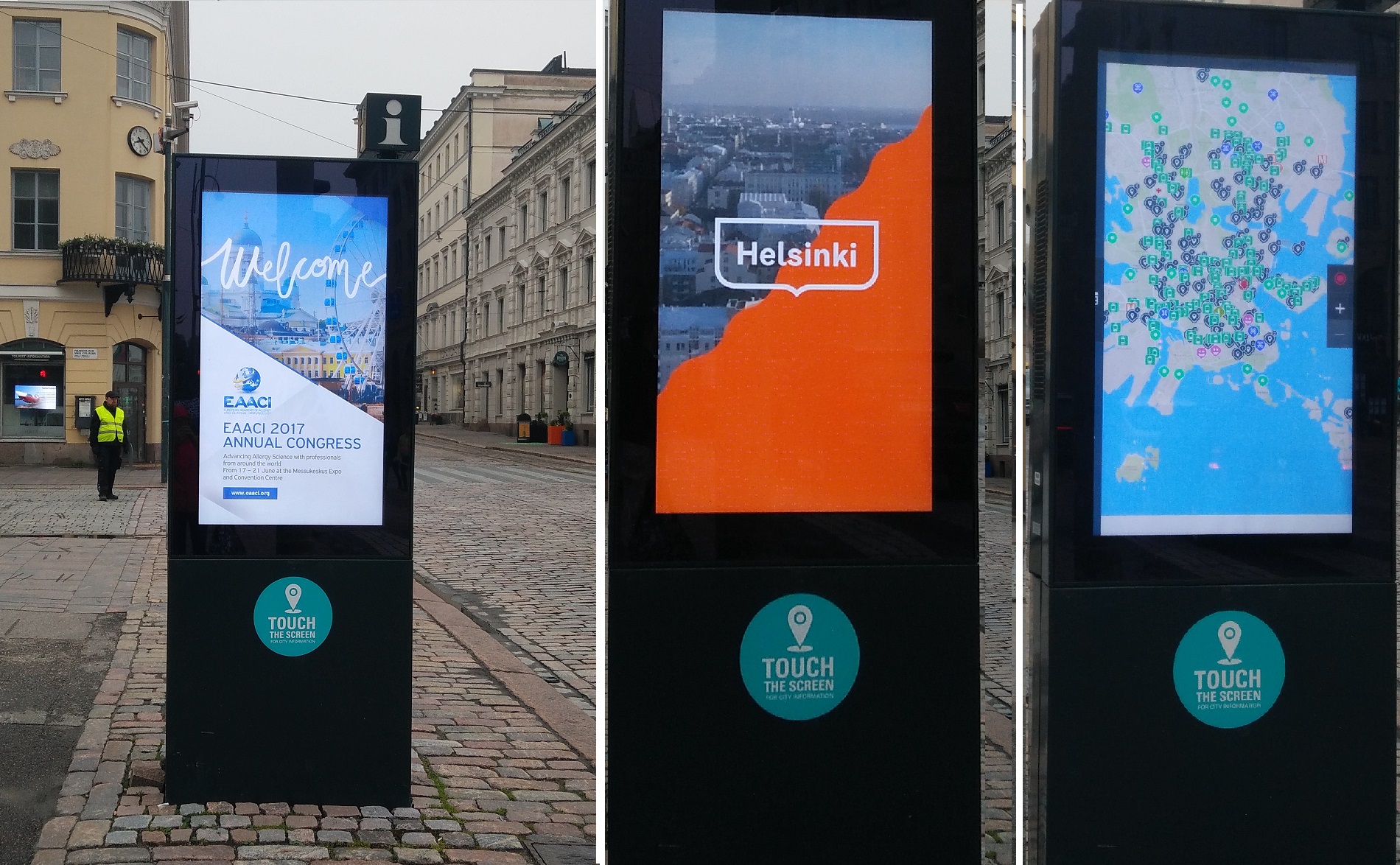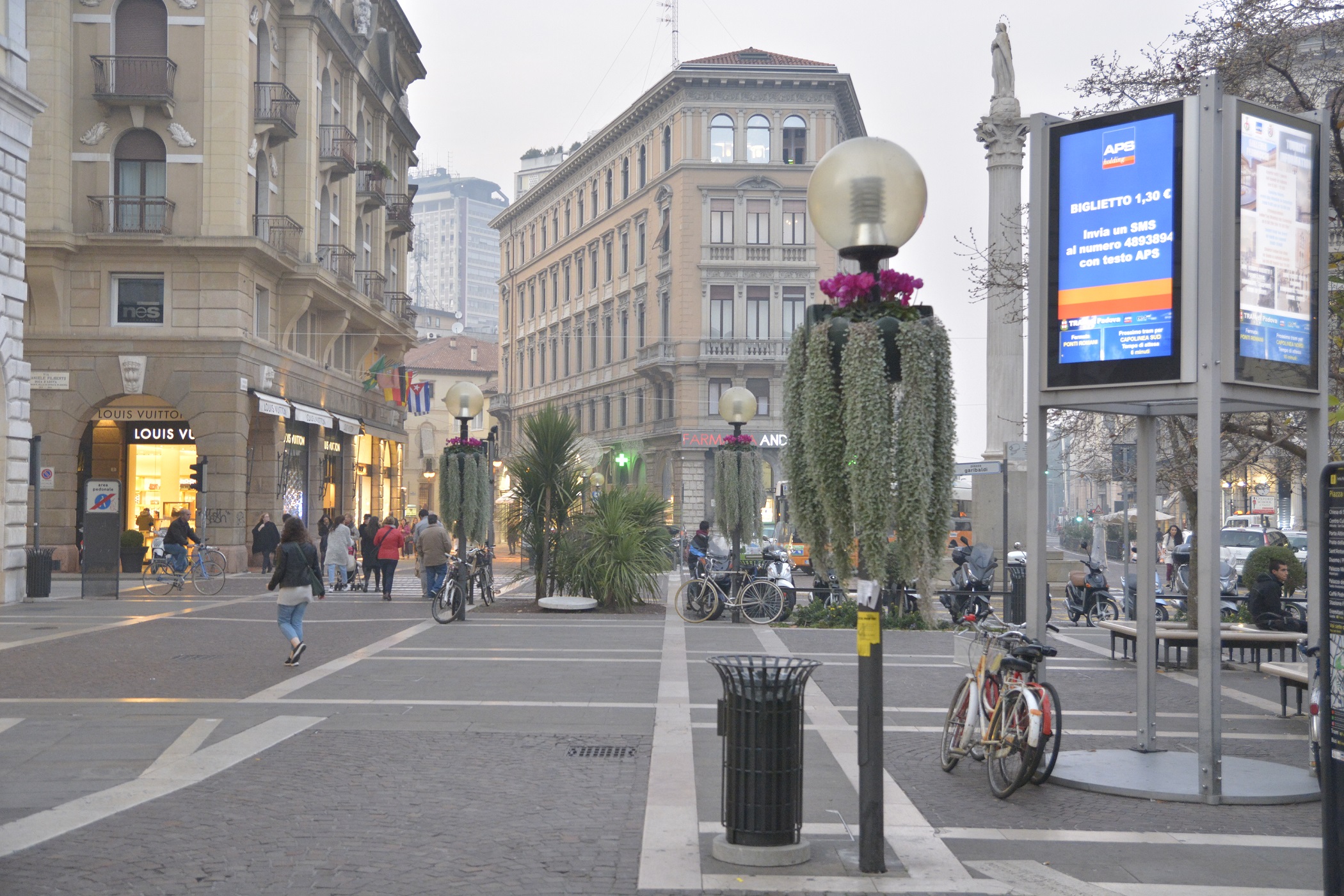Tourists are individuals who thrive at seeing the best the world has to offer. There is a great deal of pleasure in exploring the unknown but it is impossible to see everything there is without extensive research. This is why highlighting the top parts – known and unknown – is a good way to enhance the travelling and tourism experience.
Digital signage can assist tourists in their travels with wayfinding, information about locations of interest and several other tricks up its sleeves. Digital signage helps create a positive experience from the moment a tourist sets foot in a new town, with something as simple as a welcome sign.
1. Highlight the best places for tourists
In tourism, visitors want to see the most interesting things they can find in the place they’re visiting, and digital signage can point them in the right direction. Without a tour guide in a museum, zoo, theme park, or even a city center, one is left to wander from one point to the next, uncertain where to go. This can be a exciting experience to some: the research of the unknown and the thrill of finding something amazing by accident. Others, on the other hand, want to see amazing things right away, and that is where digital signage comes in.
Use digital signage to help tourists find what will interest them most.
Tourist attractions like theme parks, zoos or museums, get millions of visitors every year. A vast majority of them spend a lot of time waiting in lines, which is not the most thrilling experience. This is yet another place where digital signage can help.
Digital signage contributes to a positive experience, which provokes more word-of-mouth recommendations. Keep in mind people share their lives on social media, and sharing places of interest which tourists find can bring more visitors to you.
This creates a great opportunity for digital signage to make perceived waiting times shorter by highlighting the best places of the exhibit as they wait.
2. Wayfinding: Help tourists find their interests
Whilst a smaller museum may be easy to explore, large museum exhibits, zoos, theme parks, historical sites or landmarks are a bit broader and sometimes more difficult to navigate. Some have physical maps displaying the entire area to help visitors get a grasp of where they are and what there is to find. But what if a tourist could choose what they want to see and have the map immediately direct them to it?
Wayfinding is one of the most common uses for digital signage, and it can be perfectly utilized in a zoo, to name an example. Good wayfinding will allow visitors to find what they want with ease. For instance, if they want to see a specific part of the exhibition, all they need to do is use a nearby digital display to find it.
Multimedia content involving images, videos or even audio is excellent at making people waiting in lines feel more at ease and distracted from the wait. Displaying information to visitors about exhibits in a museum, or about details of amazing animals in a zoo is one option. You can have a display broadcast more information about a specific exhibit in front of the tourists, if they wish to know more. Entertainment is another great way to distract people from the frustration sometimes caused by waiting in a line.
3. Improve the customer experience, even outdoors!
Many exhibits are not confined within walls and under a roof, and you want to enhance the customer experience outside as well as inside. Yet, weather is a common threat to digital technology and it needs to be protected.
Outdoor digital signage is fairly common today and there are many solutions to protect your technology from the weather. Visitors can gain the full spectrum of features digital signage provides even on a rainy day, although most solutions won’t provide an additional umbrella for the visitor.
Out of all attractions in tourism, besides the entire city itself zoos are perhaps the one attraction exposed to the elements the most. However, even the worst of bad weather doesn’t stop zoos from deploying digital signage.
The Columbus Zoo and Aquarium in Ohio, for instance, is exposed to the weather 363 days every year. Winter poses a particular challenge, but they use an outdoor digital signage solution that seals all components entirely, protecting them from outdoor conditions like rain and snow. This ensures the displays keep running at peak efficiency, and continue to help visitors even during snow.
4. Help tourists fulfill their needs
Creating a pleasant experience for a visitor at an exhibit or a tourist attraction is the goal, but that experience doesn’t have to be limited to a specific location. You can take an extra step and provide secondary benefits of digital signage to not only help tourists, but also make your digital signage more attracting.
An internet connection has become necessary when travelling. Digital signage is frequently used as a Wi-Fi hotspot. Not only does it help tourists to stay connected, it also keeps them near and draws their attention to the digital signage and provokes further interaction.
Share news about the destination of the visitor and keep live updates of local information. Upcoming events, weather and local news is information any tourist will gladly welcome.
Advertise for local businesses and shops. You can help a local business get more traffic, but at the same time you can help tourists find restaurants or shops they will want to visit. Gift shops can also be a fitting location to advertise for.
While travelling, digital signage can inform tourists about their current position, their surroundings and local points of interest they will want to visit. This is also a part of the digital signage applications for public transportation.
There are many additional benefits of digital signage for tourism focusing on providing for their needs, some of which we’ve mentioned. Getting a new visitor familiar with their surroundings is the main benefit digital signage brings to tourism.
All of these benefits together provide the best experience a tourist can find when searching for all the amazing things the world has to offer.









